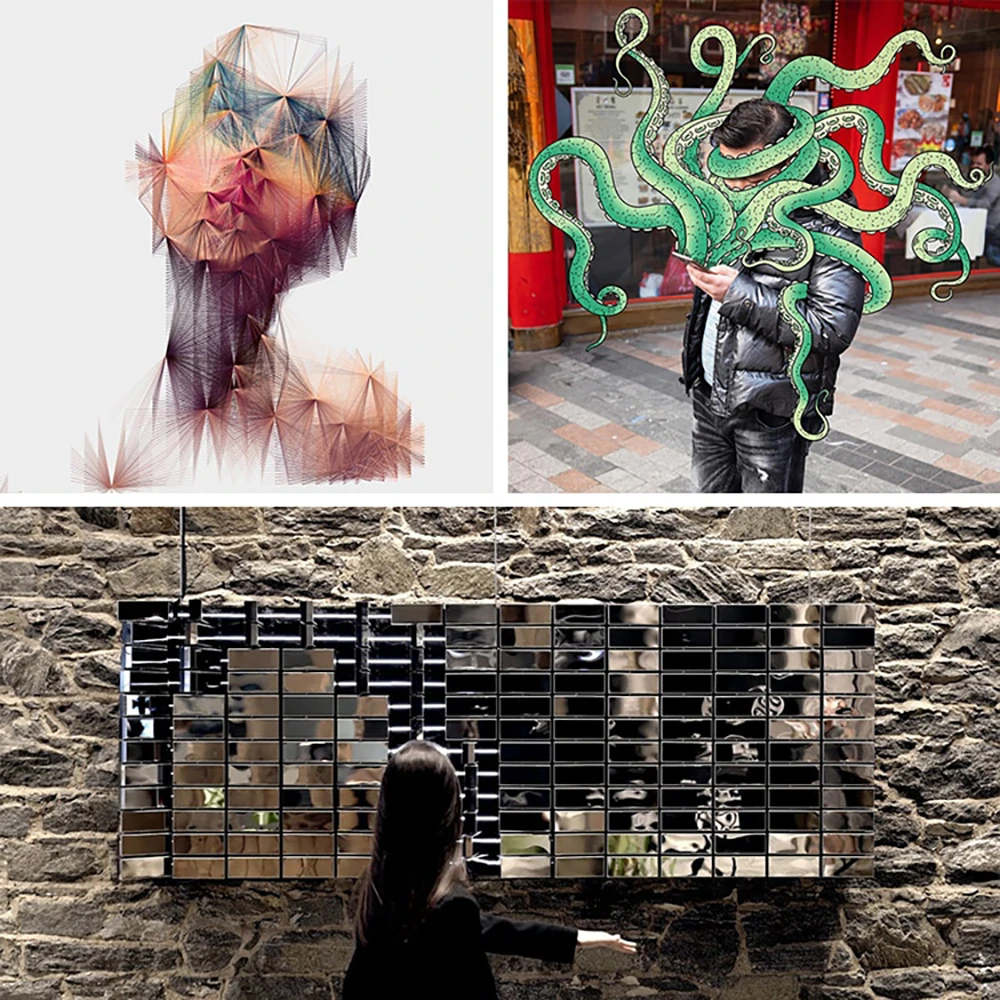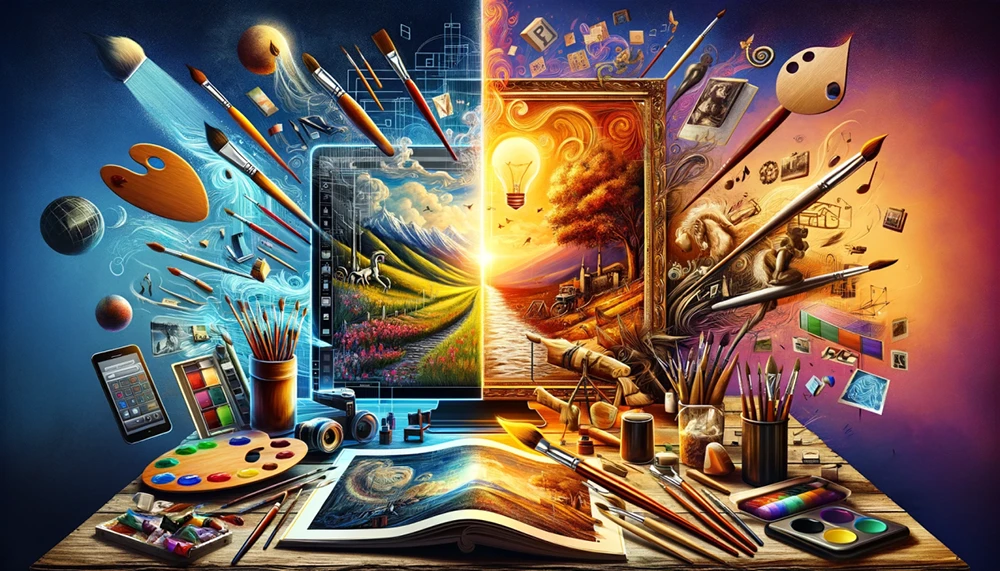In the ever-evolving landscape of creativity, the fusion of technology and art has given rise to a new realm of possibilities. As we delve deeper into 2024, the synergy between these two fields continues to revolutionize the way we create, experience, and interact with art. Here, we explore the most exciting trends and innovations at the intersection of technology and art.
1. AI-Generated Art
Artificial Intelligence (AI) has become a powerful tool for artists, enabling the creation of unique and captivating works. AI algorithms can generate paintings, music, and even poetry, pushing the boundaries of traditional art forms. Platforms like DALL-E and DeepArt are gaining popularity, allowing artists and enthusiasts to explore the endless possibilities of AI-generated art. These tools can analyze vast datasets of existing artworks to produce new pieces, blending styles and genres in unprecedented ways.
2. Augmented Reality (AR) Art
Augmented Reality is transforming how we experience art by overlaying digital content onto the real world. Artists are using AR to create interactive installations and exhibitions that engage audiences in immersive experiences. With a smartphone or AR headset, viewers can see digital layers added to physical artworks, bringing them to life. This technology is particularly popular in public art projects, where murals and sculptures can be enhanced with animations, sound, and interactivity.
3. Virtual Reality (VR) Exhibitions
Virtual Reality offers a new dimension for artists to exhibit their work. VR galleries and exhibitions allow artists to create fully immersive environments where viewers can explore and interact with art from the comfort of their homes. These virtual spaces can replicate traditional gallery settings or venture into entirely fantastical realms. In 2024, more artists and galleries are embracing VR to reach global audiences and provide unique, immersive art experiences.
4. Blockchain and Digital Art Ownership
Blockchain technology is revolutionizing the way digital art is bought, sold, and owned. Non-Fungible Tokens (NFTs) have emerged as a game-changer, allowing artists to tokenize their digital creations and sell them as unique assets. This ensures authenticity and provenance, addressing long-standing issues in the digital art market. Platforms like OpenSea and Rarible are at the forefront of this movement, enabling artists to monetize their work and collectors to invest in digital art with confidence.
5. Generative Design

Generative design uses algorithms to produce complex and intricate patterns that would be impossible to create manually. Artists input parameters and rules into software, which then generates designs based on these criteria. This process can result in stunning visual art, architecture, fashion, and more. Generative design bridges the gap between human creativity and computational power, offering a new toolset for artists to explore.
6. Interactive Installations
Interactive installations that respond to viewer inputs are becoming more sophisticated, thanks to advancements in sensors, robotics, and AI. These installations can react to movement, sound, and even emotions, creating dynamic and personalized experiences. Artists like Rafael Lozano-Hemmer and teamLab are leading the way in this field, using technology to create engaging and thought-provoking installations that blur the line between the digital and physical worlds.
7. 3D Printing and Sculpture

3D printing technology has opened up new avenues for sculptors and installation artists. Artists can now create intricate and detailed sculptures with precision and ease, exploring forms and structures that were previously unattainable. This technology allows for rapid prototyping and experimentation, enabling artists to push the boundaries of traditional sculpture.
8. Biometric Art
Biometric technology, which includes the use of heart rate monitors, EEGs, and other sensors, is being used to create art that responds to the physiological states of viewers. Artists are incorporating biometric data to alter the appearance or behavior of artworks in real-time, creating a personalized and intimate connection between the art and the audience. This trend explores the deep relationship between technology, biology, and creativity.
Conclusion
The convergence of technology and art is opening up unprecedented creative possibilities. From AI-generated masterpieces to immersive VR exhibitions, the innovations of 2024 are transforming the art world. As these technologies continue to evolve, they will not only redefine artistic expression but also how we experience and interact with art. Whether you’re an artist, a collector, or an art enthusiast, the fusion of technology and art promises a future filled with endless creativity and innovation.



